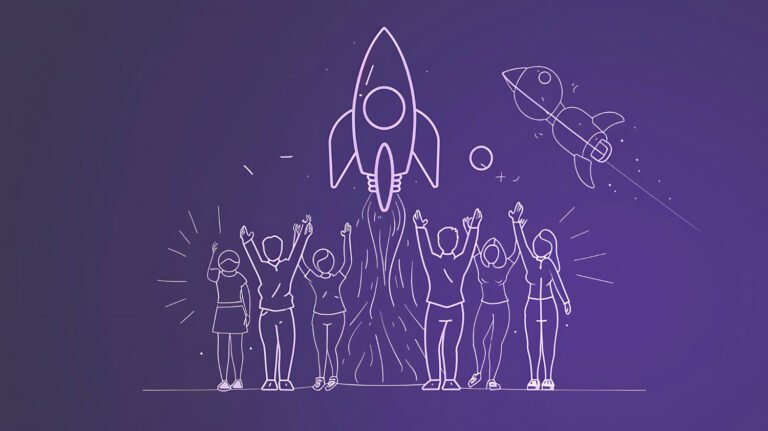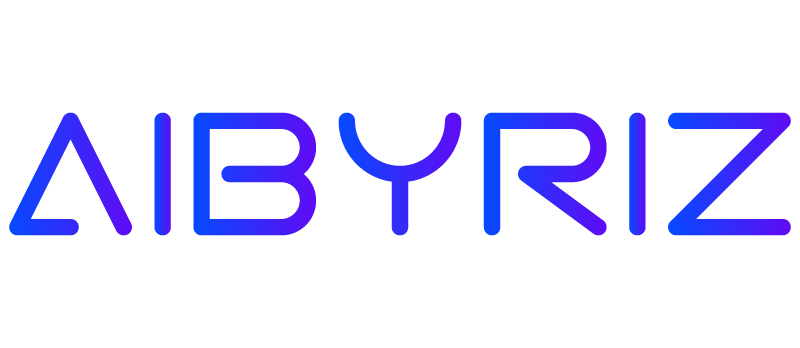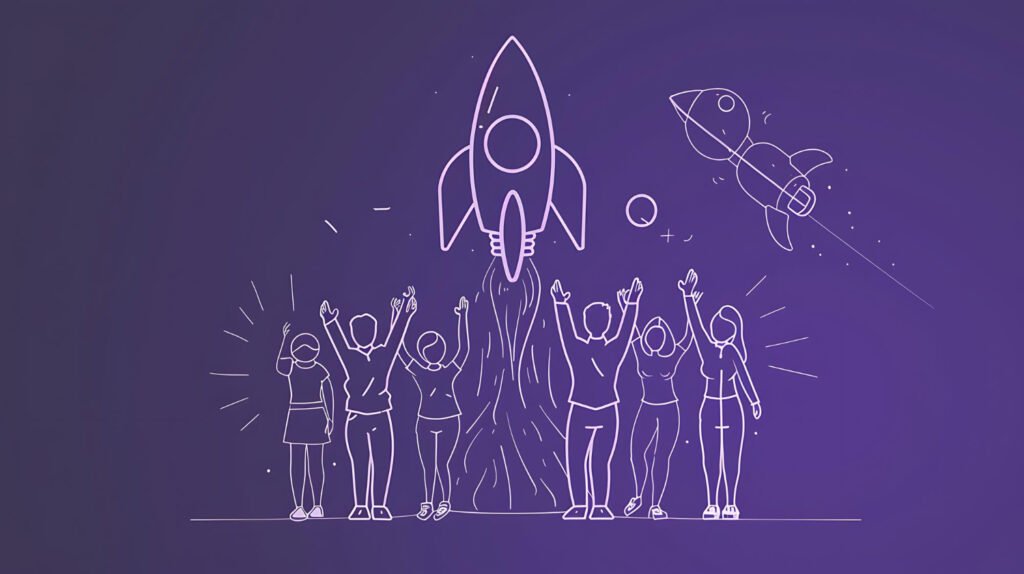Leaders today waste up to 4.1 hours daily on administrative tasks that AI could handle automatically. This challenge with managing time has led to new AI-powered tools that optimise daily work and boost output. These smart time management tools are a great way to get back precious hours while you retain control of your performance.
AI solutions reshape the scene of how leaders deal with their schedules, tasks, and projects. These tools excel at smart scheduling, task prioritisation, automated workload management and focus optimisation. Leaders who welcome these AI assistants find the quickest way to manage their time and achieve better results with less stress.
1. AI-Powered Calendar Assistants
AI scheduling assistants have changed how leaders manage their time and turned traditional calendar management into an intelligent, automated experience. These sophisticated tools for time management use artificial intelligence to understand work patterns and optimise daily schedules precisely.
Smart scheduling and meeting optimisation
AI calendars have evolved beyond simple appointment tracking. These advanced systems learn from user priorities and behaviour patterns to make smart scheduling decisions. Time zone detection and automatic conversion capabilities eliminate coordination challenges for international meetings 1. The technology analyses peak performance periods and schedules important tasks during the most productive hours 2.
Automated time-blocking for focused work
Time-blocking stands out as an effective way to boost focus and productivity. Smart AI calendars take this approach to the next level by offering several key advantages:
- Smart algorithms create work blocks based on your task priorities
- Your scheduled deep work sessions stay protected from distractions
- Work blocks adapt smoothly as your priorities change
- Buffer zones between activities help you avoid burnout
These intelligent systems keep your time blocks flexible and adaptable. Your schedule updates automatically when unexpected commitments come up 3.
Integration with existing calendar systems
AI calendar assistants shine through their ability to combine smoothly with other tools. These assistants work perfectly with popular platforms like:
- Google Calendar
- Microsoft Outlook
- Zoom
- Microsoft Teams
- Slack
- Project management tools 4
The connected system enables unified schedule management that helps you retain control between personal and professional calendars 4. This integration goes beyond simple synchronisation and enables automatic meeting scheduling, task management, and calendar optimisation across connected platforms.
These smart systems detect scheduling conflicts immediately and suggest different times. This eliminates the usual back-and-forth emails needed to coordinate meetings 1. Leaders can focus on strategic activities because routine tasks become automated, which results in an optimised calendar.
2. Intelligent Task Prioritisation Tools
Task prioritisation challenges modern leaders today, and AI-powered tools help them manage their workload better. These intelligent tools for time management analyse tasks faster than ever before. Leaders save up to 50% of their task management time in industries of all types 5.
AI-driven task analysis and ranking
Modern task prioritisation tools use artificial intelligence to review and categorise tasks through multiple criteria. These smart systems can:
- Analyse performance metrics and productivity patterns
- Review task complexity and resource requirements
- Monitor project outcomes and deadlines
- Measure effects on organisational goals 5
Adaptive to-do lists based on deadlines and importance
Traditional to-do lists have made significant progress into dynamic task management systems that adapt to priority changes automatically. These intelligent platforms process large volumes of data within seconds and provide live analytics to help make better decisions 6. User behaviour teaches these systems to predict task completion times more accurately and adjust schedules 2.
Suggestions for optimal task sequencing
The most groundbreaking feature of these tools is knowing how to optimise task sequences. Just like shoppers group items by store location to save time, these systems create logical task groups that minimise context switching and boost productivity 7. The technology gets into task dependencies and relationships and suggests the quickest order of completion based on the following:
| Criteria | Impact |
|---|
| Task Dependencies | Identifies prerequisites and sequential requirements |
| Resource Availability | Matches tasks with available time and resources |
| Energy Levels | Lines up complex tasks with peak productivity periods |
| Deadline Proximity | Balances urgent versus important tasks |
These smart-systems can predict bottlenecks and offer proactive solutions that help leaders maintain steady progress toward their goals 8. The tools use predictive analytics to anticipate which tasks might become urgent, so teams can prepare better and reduce their stress levels 8.
3. AI-Enhanced Project Management Platforms
Project management has changed remarkably since AI-enhanced platforms now simplify complex processes and optimise team performance. These tools for time management have changed how organisations handle projects, and AI-driven solutions cut administrative workload by up to 40% 9.
Automated resource allocation and task assignment
AI project management platforms demonstrate remarkable capabilities in smart resource distribution. These advanced systems analyse team members’ skills and workload patterns to optimise assignments. The platform automatically pairs tasks with the most qualified team members by evaluating their expertise and availability 10. This technology learns and refines its predictions through:
- Historical project data
- Team performance metrics
- Resource utilisation patterns
- Individual productivity cycles
Predictive analytics for project timelines
AI systems have reshaped project timeline management. These systems analyse data from over 2,000 previous projects to forecast what it all means and outcomes 11. Project managers can now spot potential bottlenecks before they occur and take proactive measures instead of reactive solutions 12.
| Traditional Approach | AI-Enhanced Approach |
|---|
| Manual timeline estimates | Informed predictions |
| Reactive problem solving | Proactive risk management |
| Fixed resource allocation | Dynamic resource optimisation |
| Standard progress reports | Immediate analytics |
Immediate progress tracking and reporting
AI-powered platforms have transformed project monitoring and provide instant updates about project health and progress. These systems track important metrics automatically, generate detailed reports, and alert managers about potential project risks 13. The technology processes massive data amounts to provide applicable information that helps project managers make quick and effective decisions 10.
Organisations report 25% faster project delivery times 9 after integrating AI capabilities into their workflow. Resource allocation conflicts have also decreased substantially 10. These platforms work as smart assistants and help optimise workflows by combining human judgement with informed decision-making.
4. Virtual AI Assistants for Time-Saving
Virtual AI assistants serve as indispensable allies in our digital world today. These sophisticated time management tools act as digital concierges and handle routine tasks with remarkable precision. They revolutionise the way leaders manage their daily communications and meetings.
Email management and response automation
AI email assistants have evolved beyond simple sorting into sophisticated communication managers. These systems analyse email content, perform sentiment analysis, and automatically categorise messages by urgency and importance 14. Business leaders can utilise AI to extract significant data from emails, update information in connected systems, and generate contextually appropriate responses 14. The technology demonstrates impressive capabilities through:
- Smart sorting and message prioritisation
- Response generation based on past communications
- Data extraction with enrichment across platforms
- Seamless integration with CRM and project management tools
Meeting summarisation and action item extraction
AI meeting assistants have transformed the way professionals capture and process meeting information. These tools transcribe conversations and automatically identify key discussion points that create detailed meeting summaries to save valuable time 15. The technology excels at:
| Feature | Benefit |
|---|
| Live transcription | Instant access to meeting content |
| Automated action items | Clear task accountability |
| Key insight extraction | Quick decision reference |
| Integration capabilities | Continuous workflow connection |
Voice-activated time management commands
AI assistants with voice activation have evolved beyond basic command processing into sophisticated time management partners. These systems now understand complex instructions and can handle multiple tasks through natural language processing 16. Leaders can manage schedules, set reminders, and organise tasks with voice commands that create an easy-to-use workflow 16.
AI capabilities work seamlessly with current productivity tools and deliver impressive results. Professionals save time on email management 14 and meeting documentation 15. These virtual assistants act as smart partners that increase human capabilities while keeping the workflow natural and quick.
Final Words…
AI-powered time management tools are changing how leaders handle their daily tasks. Smart calendar assistants make scheduling easier, while intelligent task systems help leaders focus on activities that matter most. AI project management platforms reduce administrative work by a lot, and virtual assistants handle routine tasks with precision. These tools create a powerful system that helps leaders save hours they used to spend on administrative work.
Leaders who welcome these AI tools set themselves up for success in today’s complex business world. These technologies break down old productivity barriers and create room for strategic thinking and meaningful leadership work. Smart leaders know that using AI to manage time is a vital step toward building more productive and green work practices. Leaders who become skilled at using these powerful tools while keeping their human touch in guiding teams will shape the future of leadership.
FAQs
There are no FAQs available for this article at the moment. Please check back later for updates.
References
[1] – https://blog.hubspot.com/sales/ai-scheduling-assistant
[2] – https://zapier.com/blog/best-ai-scheduling/
[3] – https://todoist.com/productivity-methods/time-blocking
[4] – https://bymilliepham.com/best-ai-scheduling-assistant
[5] – https://acacialearning.com/blog/management-and-leadership/5-ways-ai-is-impacting-leadership-development/
[6] – https://aimagazine.com/top10/top-10-ai-tools-for-data-analysis
[7] – https://productivitycast.net/2022/06/13/135-task-sequencing/
[8] – https://www.taskade.com/generate/ai/task-prioritisation
[9] – https://www.forecast.app/blog/10-best-ai-project-management-software-you-need-for-2024
[10] – https://ayanza.com/blog/ai-project-management-tools
[11] – https://www2.deloitte.com/content/dam/Deloitte/ca/Documents/risk/ca-en-ers-predictive-project-analytics.pdf
[12] – https://www.bigtime.net/blogs/predictive-analytics-to-forecast-project-management/
[13] – https://blog.hubspot.com/marketing/ai-project-management
[14] – https://zapier.com/blog/best-ai-email-assistant/
[15] – https://blog.getodin.ai/ai-meeting-action-items-generator/
[16] – https://www.wired.com/story/fast-forward-tested-next-gen-ai-assistant/














